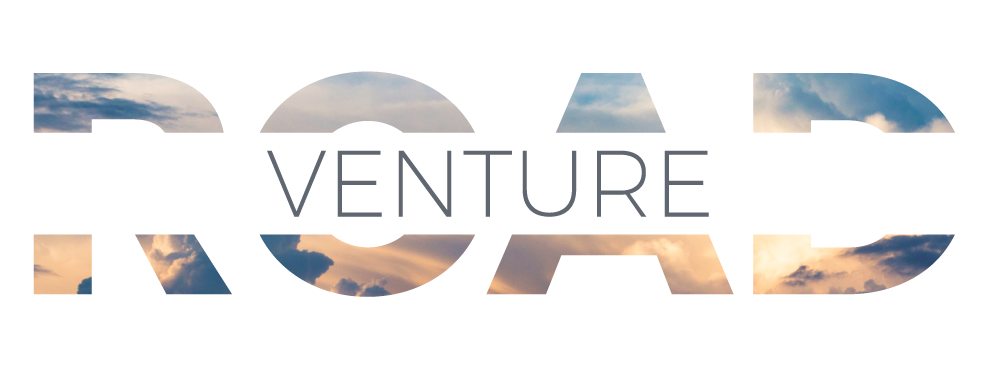An Astronomical Clock in the Czech Republic
The Czech Republic is a landlocked country situated in central Europe, sharing borders with Germany in the west, Poland in the north, the Slovak Republic in the east and Austria in the south. A medium-sized country on a European scale, the country is hilly and picturesque.
The Czech Republic is one of Europe's youngest states, having come into existence only in 1993. Before that, it had formed the western part of Czechoslovakia, a country which itself had been created in 1918. Although it is a relatively young country, it builds on more than a thousand-year history of its statehood. The Czech Republic has always had something to offer to the world, in areas such as culture, science, sport or industry. It has been home to many talented people who, with their creativity, inventiveness and hard work, offered original ideas and innovative solutions to the world.
Situated along the country's longest river, is the country's largest city and capital, Prague. Over the past 11 centuries, the city has evolved to be the economic and cultural hub we know it as today.
Prague, situated along the Vltava River. Source: 33traveltips.com
Located in the Old Town Square is one of Prague's most popular landmarks. It is well over 600 years old and is one of the oldest functional astronomical clocks in the world.
Also known as the Orloj, this astronomical clock tells the time, provides the date, shows the relative positions of the Sun, Moon, Earth and Zodiac constellations, and, best of all, provides entertainment for viewers on the hour, every hour. It is a magnificent blend of mechanical engineering and art.
In order to provide this level of functionality, the clock is split into several distinct parts. The first is its impressive and beautifully ornate astronomical dial. This dial represents the position of the Sun and Moon in the sky and other various astronomical details and was commonly used in medieval timekeeping. The stationary background of the clock's face has a wealth of information to anyone who is able to read it. On the outermost ring of the background is a series of glyphs that are representative of ancient Czech time. Moving closer to the center, a set of Roman numerals can be seen. Like most traditional clocks, these are used to indicate 24 hour time.
Source: Artnet News
Each of the various hues of blue and brown within the main plate indicate events like sunrise, daybreak, daytime, nighttime etc as well as including various geographical information like the location of tropics and the equator. The Earth is located in the very center of the dial.
The four figures surrounding the clock are four allegories representing vanity (a man holding a mirror), greed (a businessman with a bag of money), death (a skeleton with an hourglass) and extravagance (a prince playing the mandolin). When the clock strikes the hour they start to dance: the vain man looks in the mirror, the greedy man moves his bag, the skeleton shakes the hourglass indicating the time and the extravagant man moves his head.
This whole spectacle happens at the same time as the procession of the apostles, in which the windows open and the figures come into view one by one. In the left window, appears St. Paul with his sword and a book, followed by St. Thomas, St. Jude Thaddeus, St. Simon, St. Bartholomew and St. Barnaby. Whilst in the right window, we see St. Peter with his keys to the kingdom of heaven, followed by St. Matthias, St. John, St. Andrew and St. James. And when the windows finally close, a rooster crows, followed by the ringing of bells, to announce the end of the spectacle.
The apostles make an appearance on the hour every hour. Source: Holiday and Trips
On the lower part of the clock are 12 medallions, designed by the Czech painter, Josef Mánes, representing the months of the year and four other figures: a philosopher, an angel, an astronomer and a chronicler.
The whole show takes just a few seconds, but it attracts a huge crowd, and it happens every hour from 9 am to 11 pm.
Source: 33traveltips.com
Fast Facts About the Czech Republic
The Czech Republic ranks as the seventh safest country to live in the world.
It has the most castles in Europe.
The Czech Republic is home to the largest ancient castle in the world.
The most popular sport is ice hockey.
Soft contact lenses were invented by a Czech chemist.
The oldest university in Central Europe, founded in 1348, resides in Prague
The Czech Republic has an advanced economy and a high standard of living.
Exposure to new sights, sounds, smells and experiences as you travel can inspire your creativity. How will travel inspire you?
Learn more about our service and leadership based travel programs for students, corporations, and friends/family. See you on the road soon!
Venture Road - An affordable way to have a priceless experience.




